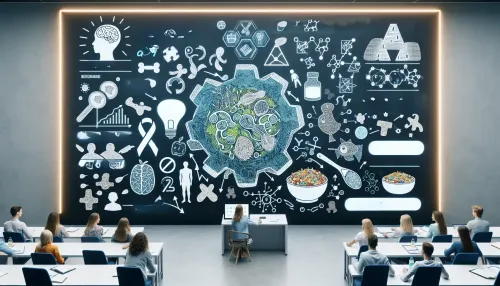The Scientific Canvas: Fostering Scientific Inquiry through Creative Exploration for Autistic Children
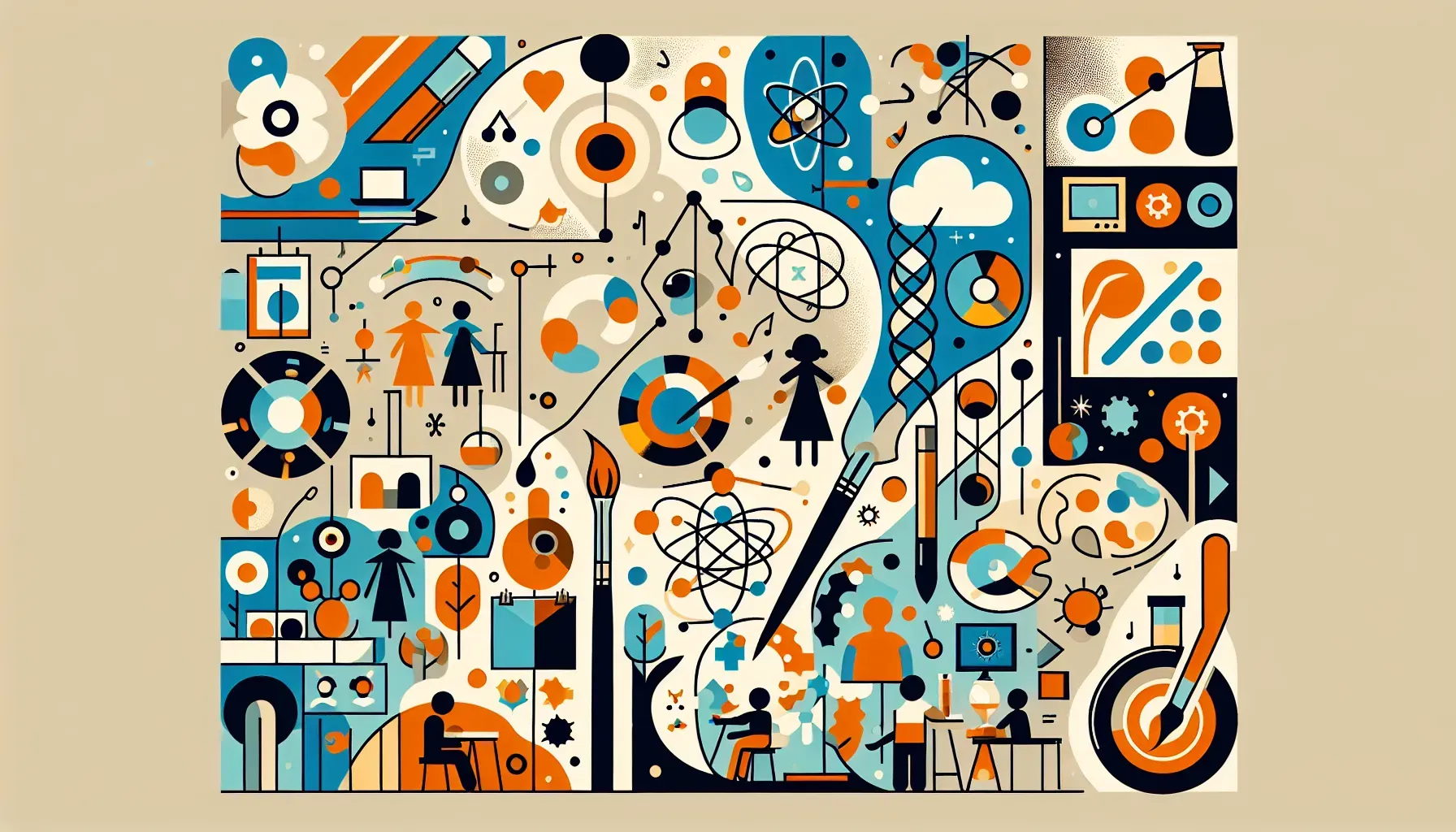
Autism, a complex neurodevelopmental condition, often comes with unique strengths and challenges. Amidst the many approaches to support autistic children, the fusion of art and science has emerged as a captivating avenue for nurturing their curiosity and analytical thinking. In this article, we delve into the art-science synergy, exploring how it promotes scientific inquiry among autistic children.
Art serves as a powerful vehicle for self-expression and communication, transcending language barriers. For autistic children, who may encounter difficulties in verbal expression, art provides a liberating platform to articulate their thoughts and emotions. Through painting, sculpting, and other artistic endeavors, these children can convey their perspectives and experiences in captivating ways, fostering a sense of empowerment and individuality.
Art as a Medium for Scientific Discovery in Autism Care
The marriage of art and science creates an enriching environment where autistic children can explore scientific concepts through visually stimulating mediums. By engaging in art-based activities with scientific themes, such as creating models of the solar system or illustrating the life cycle of plants, these children not only enhance their artistic skills but also develop an affinity for scientific exploration. This integrated approach paves the way for them to embrace science with enthusiasm and creativity.
The process of artistic experimentation intertwines seamlessly with the spirit of scientific inquiry. Autistic children, known for their keen attention to detail and unique ways of processing information, can leverage art to experiment, innovate, and problem-solve. By encouraging them to blend colors, manipulate textures, and explore unconventional techniques, educators and caregivers can nurture an environment that promotes scientific thinking and discovery.
Inspiring Innovation: Artistic Experimentation in Autism Education
Through hands-on experimentation, autistic children are encouraged to think critically, observe patterns, and draw conclusions skills that are fundamental to scientific exploration. This approach not only cultivates their analytical thinking but also instills a sense of confidence in their ability to engage with the empirical world around them. As they develop a penchant for creative problem-solving through art, they naturally espouse a scientific mindset characterized by curiosity and exploration.
Art acts as a catalyst for igniting passion and curiosity in young minds. For autistic children, whose thought processes often thrive on visual stimuli and structured routines, art offers a gateway to channel their enthusiasm for scientific subjects. By creating opportunities for them to express themselves artistically while delving into scientific themes, caregivers can kindle a deep-seated passion for discovery within these budding scientists.
Immersive art-science experiences enable autistic children to connect with abstract scientific concepts on a tangible level a feat that traditional teaching methods may struggle to achieve. Whether through illustrating natural phenomena or conceptualizing futuristic inventions, these creative endeavors awaken a sense of wonder and excitement about the boundless possibilities inherent in science. By fostering this passion early on, caregivers lay the foundation for a lifelong journey of scientific inquiry and exploration.
Related Article: Charting the Unseen Spectrum: Advancements in Neuroimaging for Autism Understanding
From Brushstrokes to Breakthroughs: Igniting Scientific Passion
Art sharpens the observational skills of autistic individuals, unveiling a world of nuanced details that might otherwise go unnoticed. In scientific pursuits, the ability to keenly observe phenomena is paramount a skill that is inherently cultivated through artistic ventures. When autistic children engage in art-focused activities that emphasize close observation and attention to detail, they develop an acute awareness that seamlessly aligns with the demands of scientific inquiry.
By honing their observational acumen through art, these children fine-tune their ability to dissect complex information visually a crucial skill in scientific analysis. Furthermore, this sharpened perspective fosters an appreciation for precision and accuracy, qualities that greatly benefit their approach to scientific exploration. As they transition from perceptive art creation to astute scientific observation, autistic individuals adeptly navigate the intricate tapestry of the natural world.
The Art of Observation: Enhancing Scientific Skills
Art-infused scientific learning nurtures the inquisitive minds of autistic children by creating an immersive learning environment that celebrates individual thought processes. This approach encourages them to explore the intersections between art and science, unlocking diverse avenues for intellectual growth. By integrating creative expression with scientific concepts, educators foster an inclusive space where autistic individuals can uncover their potential as budding scientists.
The dynamic fusion of art and science not only cultivates a deeper understanding of scientific principles but also nurtures cognitive development by stimulating creativity and critical thinking. Through hands-on engagement with art-centric scientific activities, these children cultivate a multifaceted intellect one that is adept at assimilating information from varied sensory stimuli while embracing the complexities underlying scientific phenomena. This holistic approach empowers them to engage authentically with scientific subjects while nurturing a sense of curiosity that fuels continuous learning.
Related Article: Decoding Autism: The Next Frontier in Genomic Research
Nurturing Inquisitive Minds: Arts-Infused Scientific Learning
For autistic individuals, who often demonstrate exceptional strengths in visual thinking and pattern recognition, art serves as a bridge that connects their innate cognitive abilities with scientific exploration. The synergy between artistic expression and analytical thinking enables them to traverse seamlessly between the artistic and scientific domains facilitating a harmonious integration of their cognitive faculties.
By fostering cognitive connections through interdisciplinary activities that blend art and science, caregivers harness the unique cognitive strengths of autistic individuals while cultivating capabilities essential for scientific inquiry. This approach not only celebrates their individuality but also underscores the intrinsic value of diverse cognitive styles in propelling innovative scientific thought. As these cognitive connections flourish through art-infused scientific experiences, autistic individuals unlock their full potential as astute observers and imaginative investigators.
Interactive art experiences serve as a compass guiding autistic children toward embracing science with boundless curiosity. These experiential encounters not only offer hands-on engagement with scientific concepts but also provide avenues for sensory exploration appealing to the sensory sensitivities often associated with autism. By integrating tactile elements into art-based science activities, caregivers foster an environment that invites active participation while respecting the sensory preferences of these children.
Cognitive Connections: Merging Artistic and Scientific Thinking
Through interactive art experiences tailored to stimulate scientific curiosity, autistic children embark on an enriching journey where they uncover the marvels of science through firsthand exploration. These immersive encounters ignite a sense of wonder about natural phenomena while instilling confidence in their ability to interact meaningfully with scientific concepts. By curating creative curiosity through interactive art experiences, caregivers nurture a lasting love for science within these budding scholars an enduring passion that transcends conventional boundaries and paves the way for authentic scientific inquiry and discovery.
In conclusion, this immersive confluence of art and science represents not only an innovative educational approach tailored to the unique needs of autistic children but also an enduring pathway for igniting their passion for scientific inquiry an invaluable asset that enriches their lives beyond measure.
Frequently Asked Questions
Art serves as a powerful medium for self-expression, allowing autistic children to communicate their thoughts and emotions. By engaging in art-based activities with scientific themes, they can explore scientific concepts creatively, enhancing both their artistic skills and curiosity about science. This integrated approach promotes enthusiasm for scientific exploration and nurtures analytical thinking.
Observation is crucial for scientific inquiry, and art sharpens the observational skills of autistic individuals. Engaging in art-focused activities helps them develop an acute awareness of details, which aligns with scientific analysis. This heightened observational ability fosters precision and accuracy, essential qualities for navigating complex scientific phenomena.
Yes, interactive art experiences can significantly enhance scientific curiosity among autistic children. These hands-on activities provide opportunities for sensory exploration while engaging them with scientific concepts. By fostering active participation through tactile elements, caregivers can nurture a lasting love for science and encourage meaningful interactions with various scientific ideas.
Check Out These Related Articles
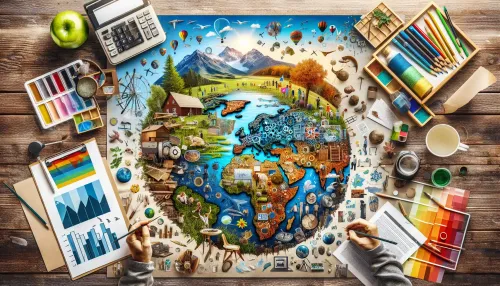
Global Collaboration: Advancing Autism Research and Care Across Borders
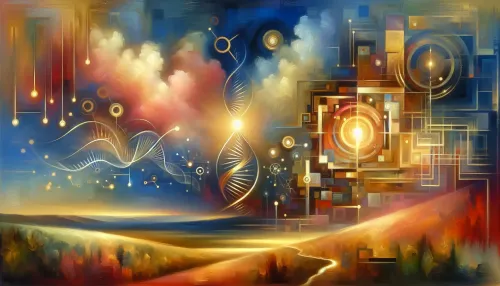
Genomic Breakthroughs: Advancing Precision Medicine in Autism Therapy
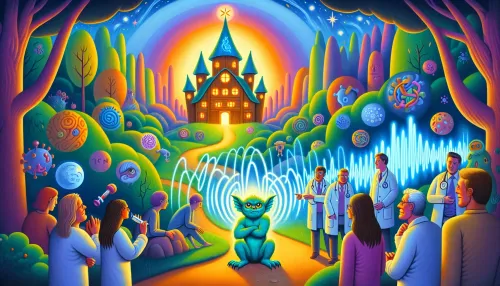
Debunking the Myth: Do Vaccines Cause Autism in Children?
